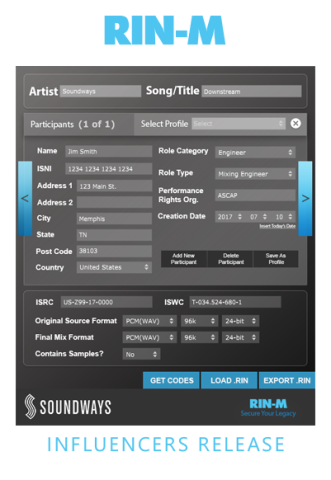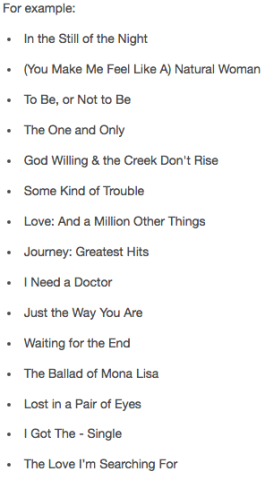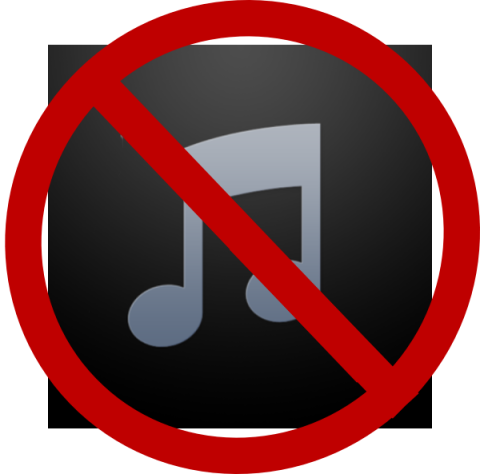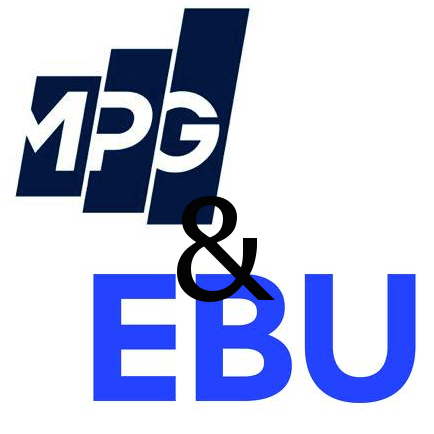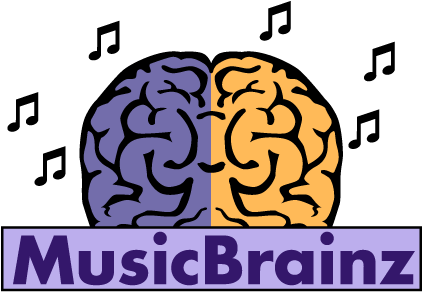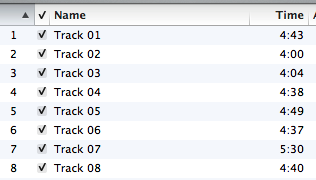The International Standard Musical Work Code, or ISWC, is a unique identifier for musical works. Like the ISRC is for recordings and the ISNI is for people, the ISWC helps identify and disambiguate musical works. Along with being a unique identifier, the ISWC is also permanent and an internationally recognized ISO reference number for the identification of musical works.
YouTube announced this week they are implementing the ISNI standard for name disambiguation across their whole platform. The International Standard Name Identifier is an ISO-certified global standard number for uniquely identifying anyone who creates anything. Public names of a researcher, investor, writer, artist, actor, performer, publisher, etc... are unambiguously attributed by number globally in perpetuity regardless of field, medium, or type of art/creation.
International Standard Name Identifier is new metadata to resolve name ambiguity for contributors to creative works. This number can define a person, like a writer, artist, performer, producer, etc., or it can define an organization, like publishers, studios, aggregators, etc..
The newest metadata standard for music is here apparently and it is RIN-M. Soundways has a free plugin that gets saved in your DAW when you are creating the tracks and you can add everyone's information and send it along. It is a cool idea on solving the issue with how recording credits are stored and transferred. You can download the plugin here.
This is a common issue that many of my clients don't think about until they're in the mastering studio getting asked about it. Did you mean to not capitalize this word? Well, here are some guidelines.
Recently, I had a client that ran into some problems with the cover art for their project. It seems iTunes has some rather stringent (in my opinion) requirements for the cover art. Part of me understands that there needs to be some requirements or checks in place and I agree with Apple that people should not be 'misleading' in the representation of their music. But, I felt this particular case may have been a bit ridiculous.
ID3 tags are where metadata with most MP3 files is stored. It isn't really a standard because different people/companies made contributions, but because of its wide use almost every program that plays or creates MP3 files can read this metadata. There is so much information you can put in these files but almost noone uses most of the fields. You can embedd album covers, booklet pages, titles, artists, genre, ISRC, UPC, website links, and the list goes on. Oh...
The Music Producers Guild (MPG) in partnership with the European Broadcast Union (EBU) have now standardized a metadata field for the International Standard Recording Code (ISRC) in wav files! This issue has been a long time overdue, but now finally gained enough traction to make it into a standard. The ISRC can now be embedded in wav files inside the core metadata. This means it will follow the file where ever it goes.
There are several music databases on the web that you can go browse and look and information related to music. Some include the Gracenote CDDB, The All Music Guide, FreeDB and MusicBrainz. What are the differences between them? I've posted about the CDDB and All Music Guide before. Both of these databases are used frequently by the musicians I work with and around every day. You can read more about them by clicking these links.
The Recording Academy has started a new campaign to enhance fans' discovery of new music by ensuring all music creators are credited for their work on digitally released recordings. This means you can look at who the producer or mix engineer on a particular recording on your iPod (or other player) right from its screen.
A question that is asked to me routinely several times a week is, "Why do my track titles show up as 'Audio Track 1' etc. . . when I put my CD in the computer?" There are several explanations for this occurrence.
Where does the album artwork on my player come from? It is a common question in this digital age. Various players, like iTunes and Window Media Player, download the album artwork (along with the track names) from an online database like the Gracenote CDDB or the All Music Guide. This information is not actually on a CD itself, but foun


